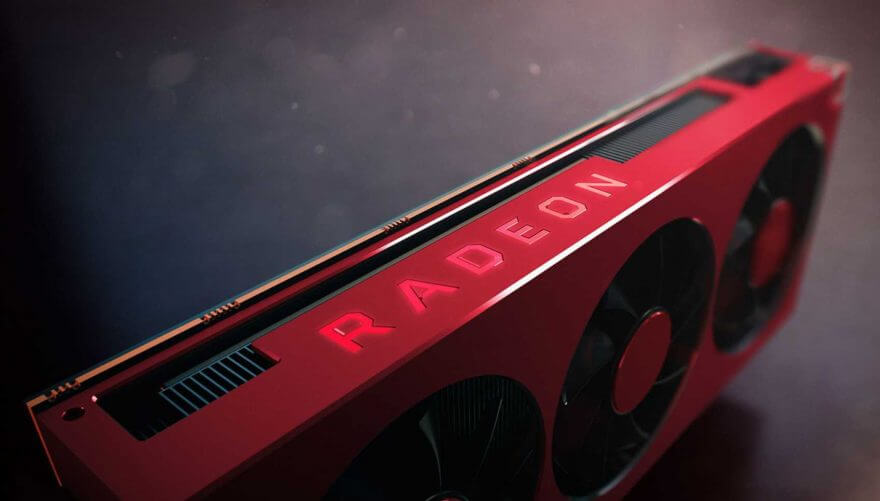The big picture: While we don’t have any solid information regarding a potential release date, odds are, it’ll happen soon enough. With the holidays just around the corner, you can bet that AMD wants shoppers to have as many alternatives to Nvidia as possible.

Additional details regarding AMD’s upcoming Navi 12 and Navi 14 graphics cards have emerged courtesy of the rumor mill.
The latter of the two is said to be a mid-range card that’ll compete with Nvidia’s growing GTX 16xx series. It is expected to utilize a 128-bit bus interface and will be based on the same 7nm GPU architecture used in current AMD cards. Previous leaks have shown configurations with 3GB, 4GB and 8GB of VRAM.
As eTeknix points out, a mid-ranger may not be all that exciting but the truth of the matter is, it is usually this range where most GPUs are sold meaning this could be the more important of the two for AMD.

The higher-end Navi 12, meanwhile, could get a 256-bit memory interface with anywhere between 3,328 and 4,096 shader units. The choice of memory, however, isn’t as clear as AMD could use either HBM2 or GDDR6.
Pricing wasn’t mentioned, either, although you can look to what’s already available from Nvidia to come up with your own ballparks.
https://www.techspot.com/news/82131-amd-navi-12-navi-14-gpus-detailed-further.html